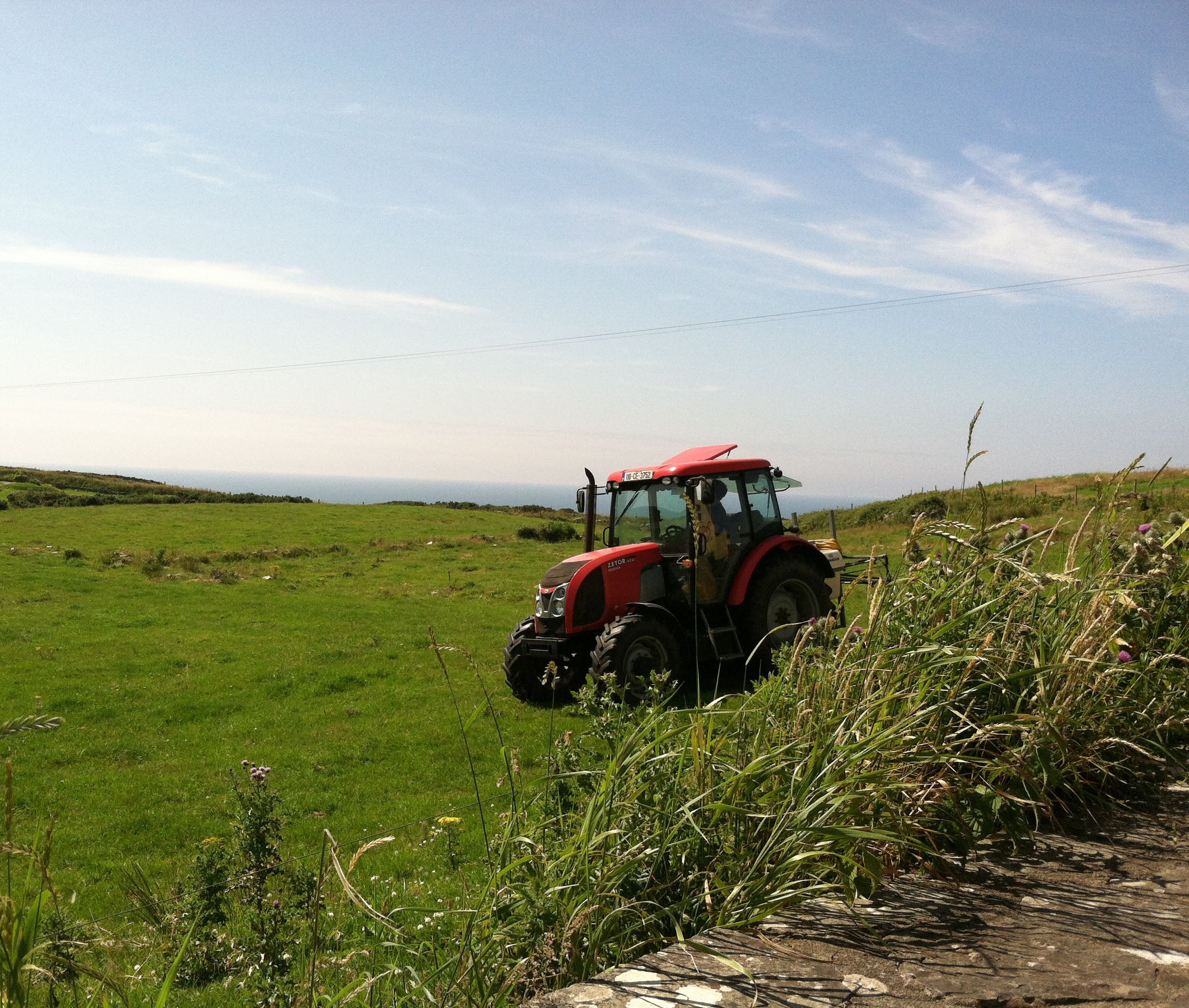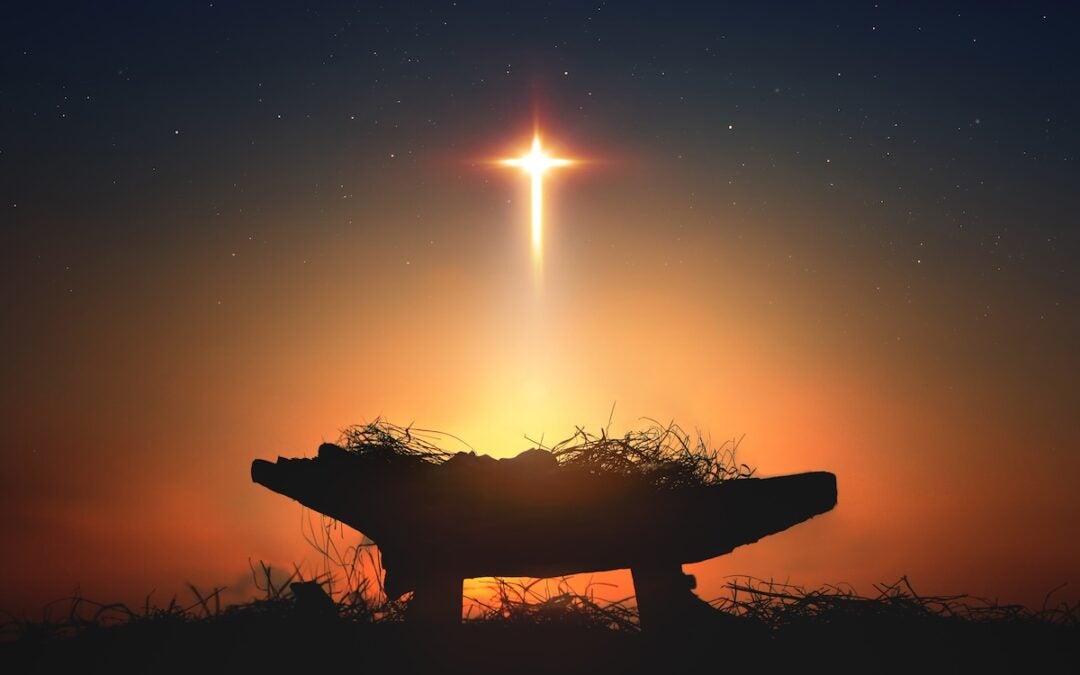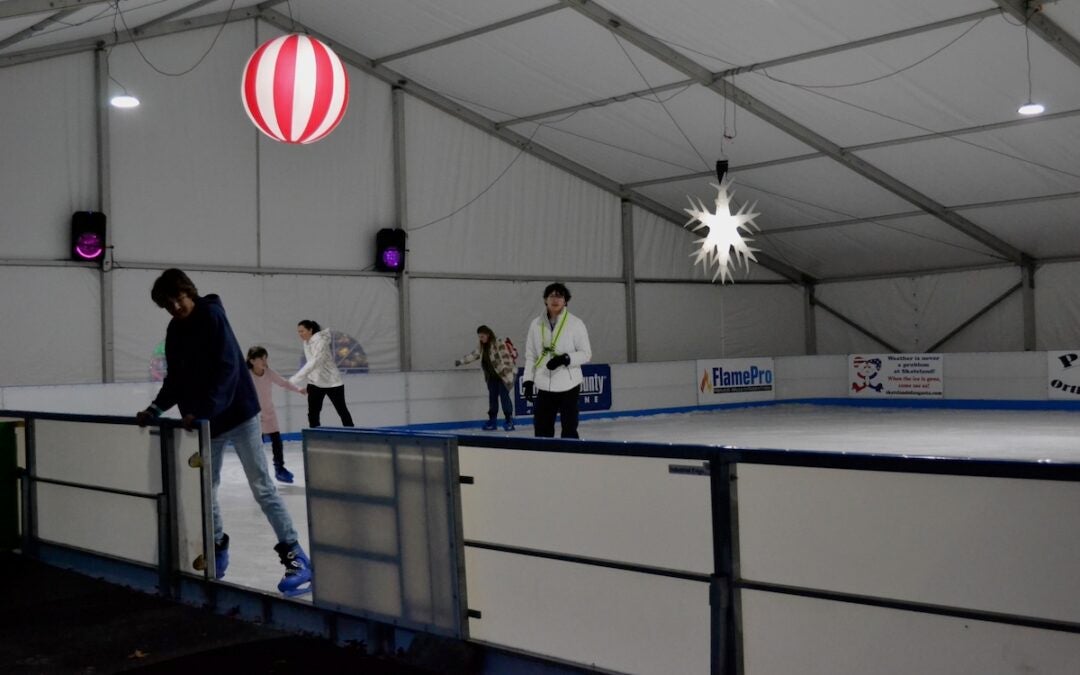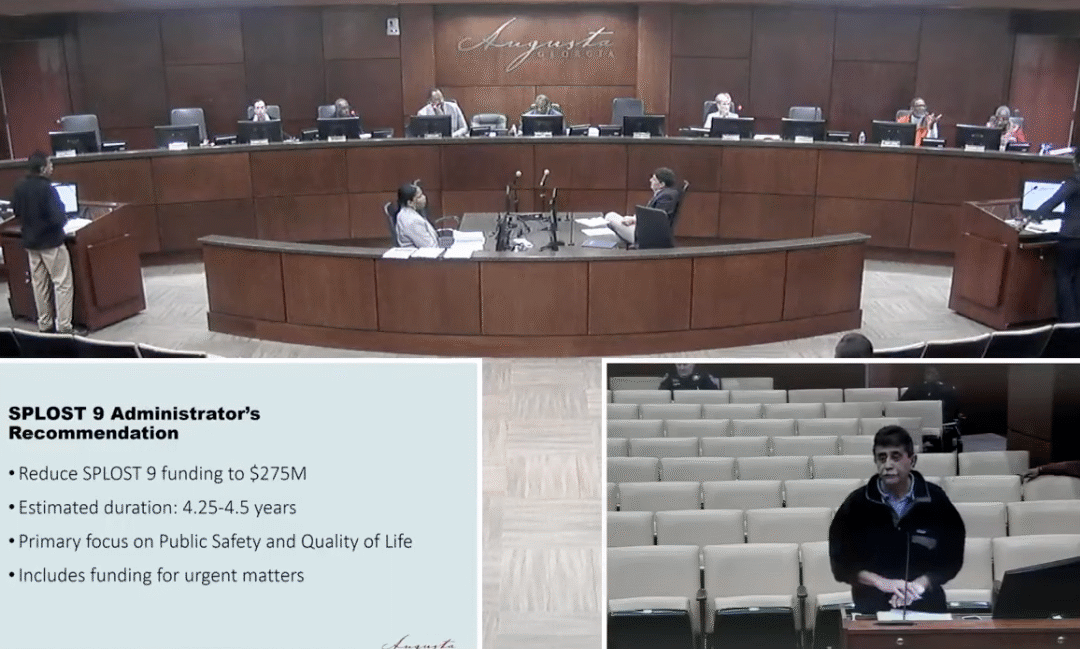The Irish countryside is study in contrasts.
Yes, the lush landscape does boast those famous 40 shades of green — and also of grey and blue.
Ireland is a land of rolling green hills, steep rocky cliffs and crystal blue water. Lots of water. More than 3,190 rivers, tributaries and streams flow through 43,496 miles of Irish waterways. Wherever you go in Ireland, you’re never more than 90 miles from the Atlantic Ocean to the west and south, the Irish Sea to the east and north.
The River Shannon is Ireland’s longest river. Named for Sionna, a Celtic goddess, the river meanders through 11 of the Irish Republic’s 26 counties. In December 2015, the Shannon flooded as a result of relentless torrential rain, effectively cutting the western half of Ireland off from the east. Crossing the river was impossible; travelers instead had to find crossings where the river did not flow or travel to Limerick where the roadway tunnels under the river.
The Shannon is probably Ireland’s most important river. As far back as the 10th century, the Vikings used the river to reach the wealthy monasteries in the Irish midlands. The Shannon was also important in military conflicts with the English from the 17th century to the 20th century because it formed a strategic east-west boundary behind which the Irish could retreat.
The Liffey is probably the best-known Irish river. It flows through Dublin and is used as a source of drinking water. The river’s name comes from the word “Liphe,” which means life. Most visitors to Ireland use the river as a reference point for navigating through the city because it divides Dublin conveniently into a northside and a southside.
Pop singer Susan McKeown popularized Ireland’s waterways in a 2002 song titled, “River,” which used the waterways as a metaphor for a unified Ireland.
Ireland’s mountains are mostly in the coastal areas with rolling hills and farmlands in the middle of the country. In some counties, much of the lowland is peat bogs, one of the sources of heating fuel in Ireland.
Peat has been a source of controversy in the recent past. Ireland is an environmentally conscious country, and some there frown on keeping the bogs open because they emit greenhouse gases. Officials with the Bord na Móna decided about a decade ago to shut down all its bogs by 2025. Scientists and environmentalists say this decision won’t actually improve Ireland’s carbon footprint because the bogs will still emit those gases, even if they aren’t being harvested.
Peat is formed by decaying vegetation, and many use it to supplement central heating in their homes by burning it in fireplaces and stoves. Peat bogs are soggy wetlands that are unsuitable for much of anything other than preservation. The Irish Butter Museum in Cork has a vat of thousands-of-years-old butter discovered in a peat bog. Bodies, too, show up from time-to-time when farmers are cutting peat.
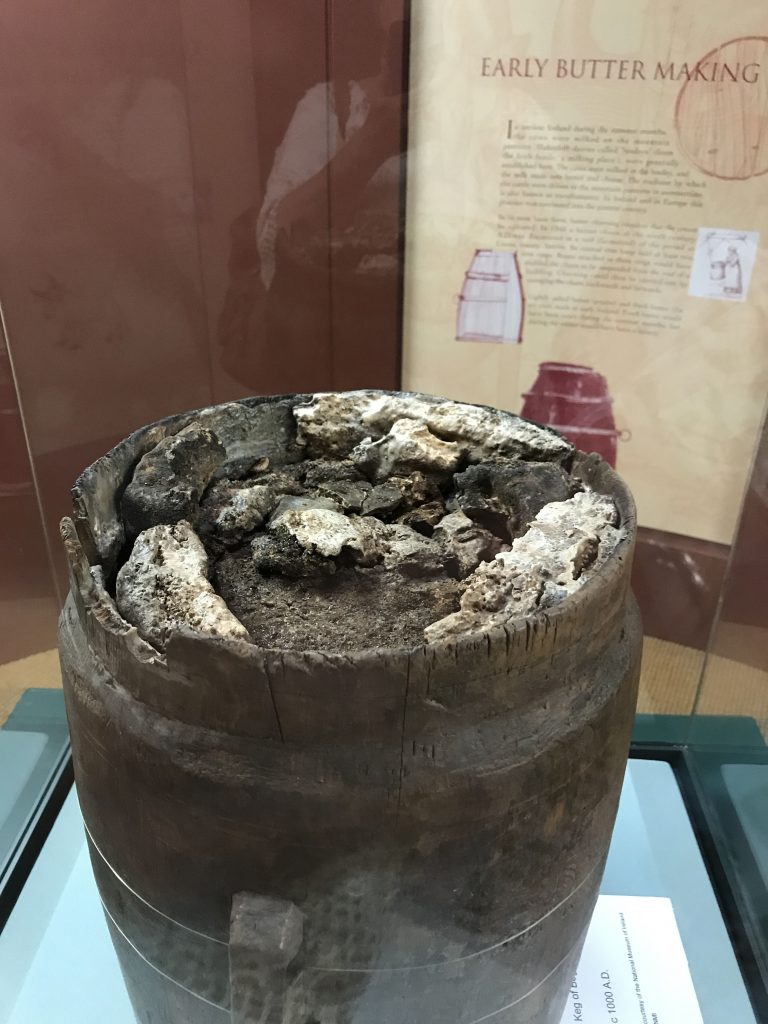
The Irish people have a deep nostalgia for the ubiquitous peat, which, when burned, sends a distinctive earthy scent wafting through the air. Nothing else smells like burning peat. They say the decision to ban peat cutting in many places is just more government interference in their lives.
And then, there are the green areas. Thanks to all the rain Ireland receives and its temperate climate — its winters aren’t that much colder than Augusta’s, though its summers are generally much cooler — green things thrive in Ireland.
Annual rainfall varies dramatically, but even in the areas where less rain falls, it still rains a lot. In the east, rainfall is from 29 inches to 39 inches, according to the Irish national weather service, Met Éireann. In the west, it can rain as much as 49 inches in a year. And in some mountain areas, rain can reach more than 100 inches a year.
Some varieties of roses produce dinner-plate-sized blossoms in Ireland. Golden fields of rapeseed dot the green landscape like a sunflower atop its leafy green stalk. So many varieties of potatoes, Wexford strawberries and apple trees flourish in Ireland. That said, as many tomatoes as the Irish eat, theirs can’t hold a candle to those grown in home gardens in the southern United States.
Reasons abound for the Irish landscape’s beauty. Topography, climate, geological history each plays a part, but those matter little when traveling through the Irish countryside by foot on the many trails or by the smaller B and R roads. The beauty simply draws the traveler in.
Please follow the links below to see collections of pictures of the Irish countryside and Irish flowers.
Debbie van Tuyll is a correspondent for The Augusta Press. Reach her at debbie@theaugustapress.com.
MORE
Belfast and the Giant’s Causeway
Where To Find Real Traditional Irish Music

